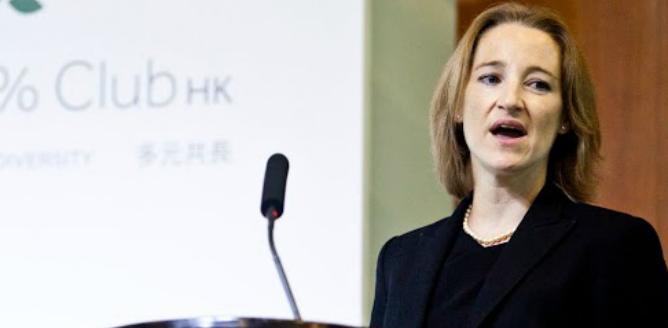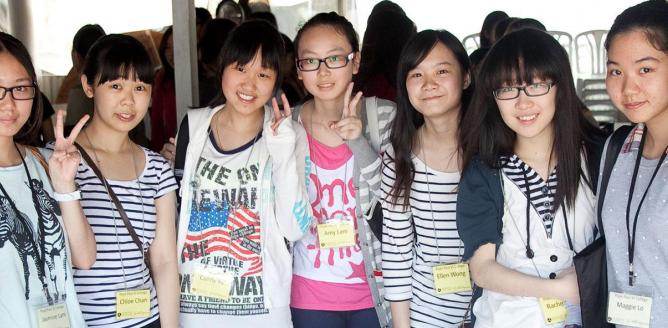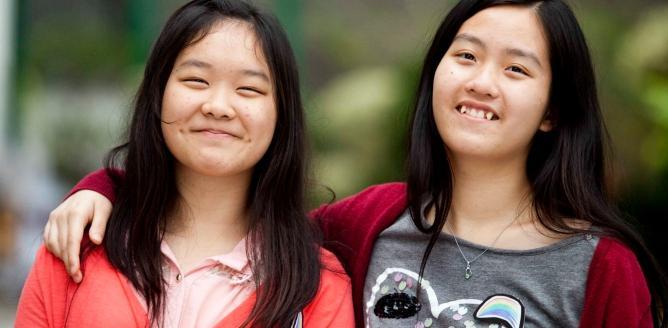Hello from London where I had the opportunity last week to catch up with Madeline Di Nonno, the dynamic CEO of the Geena Davis Institute on Gender in Media and our 2015 TWF Gala keynote speaker.
Madeline was en route from launching new research at this year’s Cannes Lions Festival on “Unpacking Gender Bias in Advertising” by the Geena Davis Institute and J. Walter Thompson, using the Institute’s GD-IQ - an Automated Analysis Tool, funded by Google.org, developed to analyse audio and video media content through machine learning and audio-visual processing technologies from Google and the University of Southern California.
The analysis revealed:
• There are twice as many male characters in ads than female characters.
• 25% of ads feature men only while only 5% of ads feature women only.
• 18% of ads feature only male voices while less than 3% of ads featuring female voices only.
• The trends of female presence and portrayal in ads have not changed in over a decade.
Supporting the automated analysis, the Geena Davis Institute conducted additional research which revealed that:
• Age: Women in ads are mostly in their 20s while men are in their 20s, 30s and 40s. This means male characters are far more diverse than female when it comes to age
• Humour: Men are almost twice as likely to be funny than women.
• Objectification: One-in-ten female characters are shown in sexually revealing clothing – six times the number of male characters.
• Intelligence: when it comes to characters for whom intelligence is an integral part of their character (e.g., a doctor, a scientist), men are 62% more likely to be shown as smart.
• Location: Women are 48% more likely to be shown in the kitchen while men are 50% more likely to be shown at a sporting event.
• Work: One in three men are shown with an occupation compared to one in four women.
This is important because as Madeline puts it: “By changing the narrative, the images we use, the stories we tell about women, we can dramatically change the way the world values women and how women and girls see themselves.”
Furthermore as Brent Choi, Chief Creative Officer, J. Walter Thompson New York, observed: “What this research shows is that our industry has tent-pole moments, amazing actions or campaigns when we all rally around women, but when it comes to creating our ‘regular’ ads for our ‘regular’ clients, we forget about them.”
For more information and insights, please click here.
At TWF, we are also passionate about addressing unconscious bias in media content. We hope that more brands and agencies in this part of the world will take heed of these latest research findings and take action to improve how women and girls are represented in the media.





















